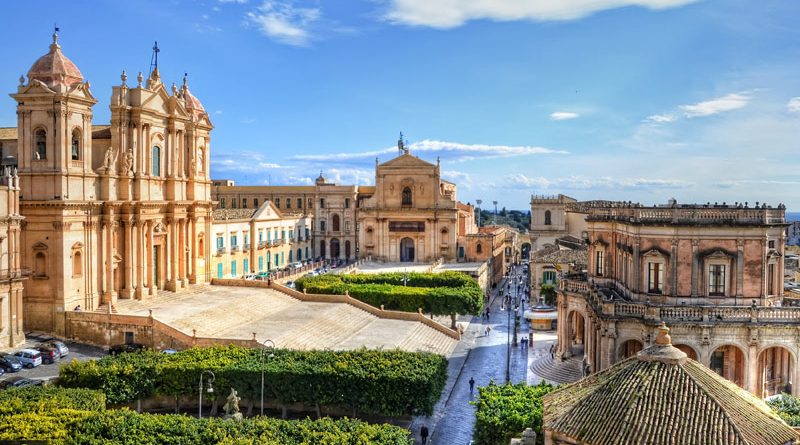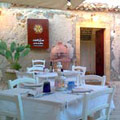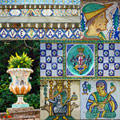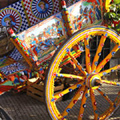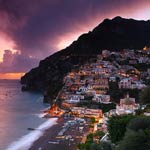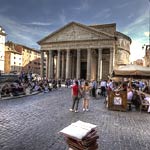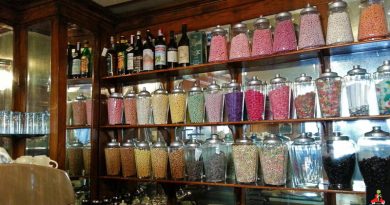The baroque towns of the Val di Noto: a walk in Sicily’s flamboyant past
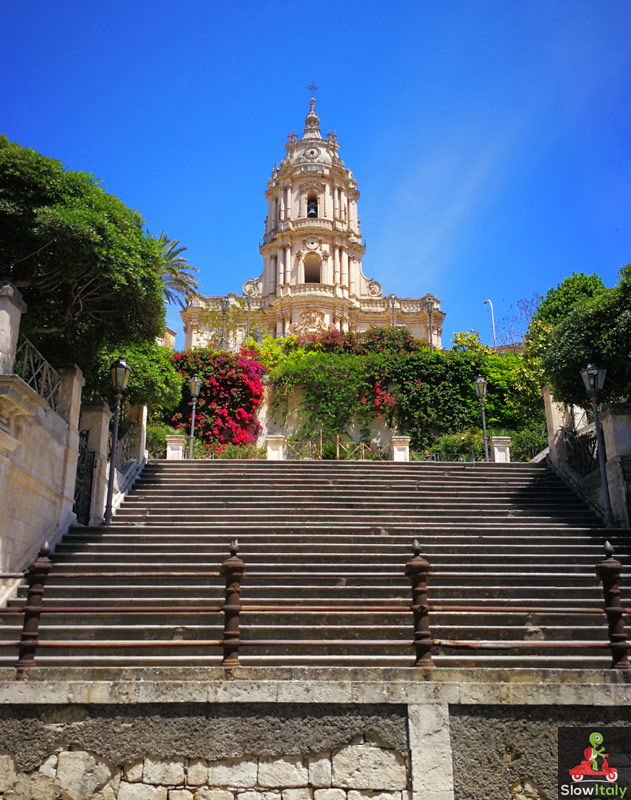
The localized interpretation of the 17th and 18th century baroque style, which flourished on the mainland and in the rest of Europe, led to a kind of singular insular baroque style that evolved homogeneously and consistently within the geographically limited area of the ancient Val di Noto.
The collective effort in rebuilding the towns, the number of civil and religious buildings reconstructed and their exceptional architectural and artistic quality are so unique that eight of these towns were recognized as a Unesco World Heritage site in 2002. In this article we chose to include also a ninth town, Ispica, which is located in the same valley and suffered the same fate. It is indeed both impressive and moving to realize that out of a tragedy causing 93,000 deaths so much beauty was created in a relatively short time thanks to a concerted effort of architects, artisans, artists and local people.
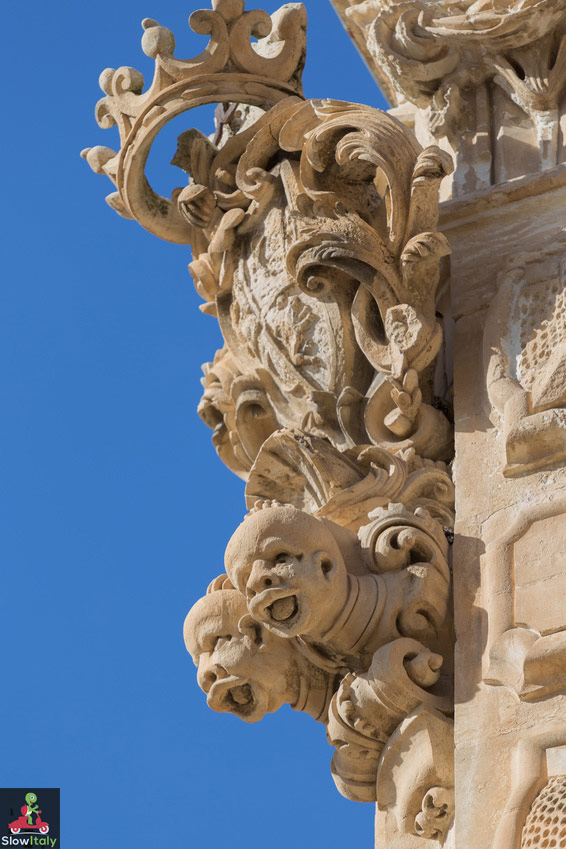
Sicilian baroque is characterized by the use of human-like and plant-like elements, grotesque masks and putti, typical convex or concave façades, balconies supported by console brackets and intricate wrought iron balustrades (even on churches!), external staircases, and the use of local lava stone.
Note that the balconies’ ends were typically rounded to accommodate the 18th century ladies’ ample skirts! Another very typical feature is the fact that the belfries are placed on the church façade itself (façade-tower), instead of in a separate campanile tower.
The towns of the Val di Noto were all in existence in medieval or even pre-medieval times, often starting as a monastic settlement and typically expanding around a castle. After the destructive earth quake some of them, like Militello, were partially abandoned and rebuilt at another location, while others, like Catania, were entirely rebuilt on the same site.
Even though the towns have become famous as the “Late Baroque Towns of the Val di Noto” they are not all located in the area around Noto. Actually, the Val di Noto (or Vallo di Noto) is a historic denomination of an area that covered the south-eastern part of Sicily, including the province of Ragusa, Siracusa and parts of the provinces of Catania, Enna and Caltanissetta. So, the word doesn’t refer to a valley (Val or Valle in Italian), but stems from the Arab word Wālī, the governor of a province under Arab rule.
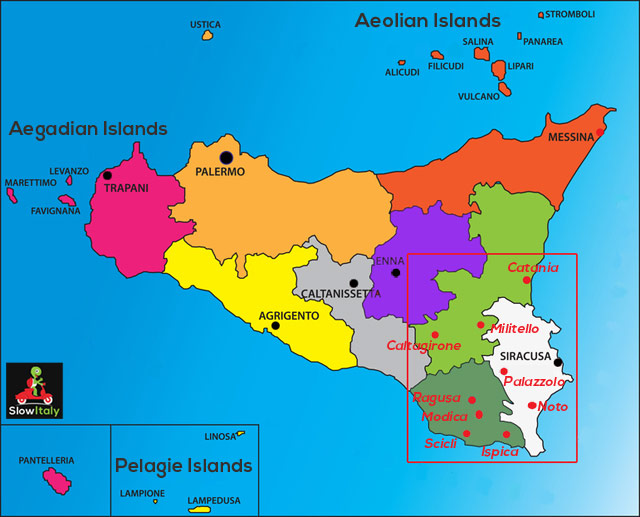
This part of Sicily was originally inhabited by the Sicels (Siculi), long before the Greek colonization began in the 8th century BC. It were the Sicels who gave Sicily its name.
1. Ragusa
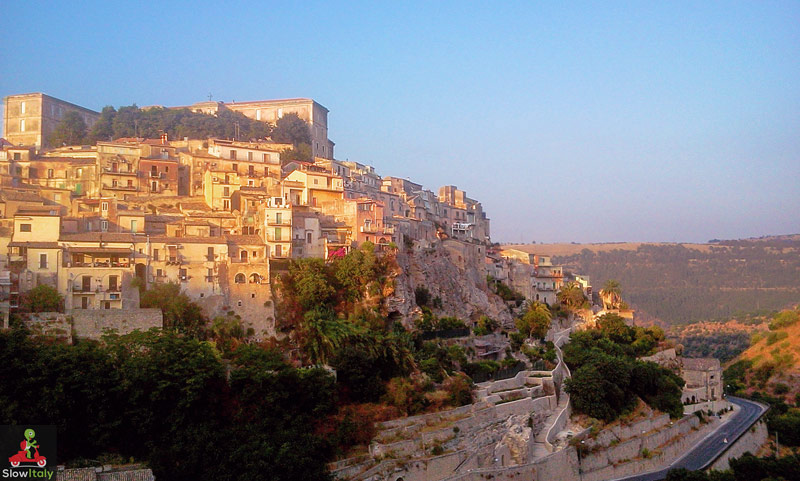
The capital town of the province of Ragusa was rebuilt in two parts over three hills separated by a deep ravines after the earthquake of 1693: Ragusa supra or modern Ragusa and Ragusa iusu or ibla, the older town district of Ragusa, full of medieval remains and buildings rebuilt in the Baroque style.
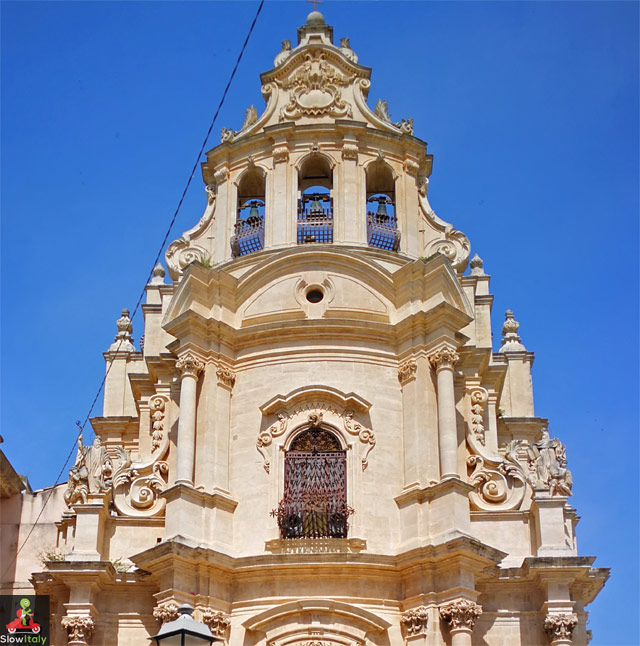
The main sights include the Baroque cathedral of San Giorgio, the Church of San Giuseppe, Palazzo Consentini, with its balconies, Palazzo Nicastro, the olds prison, and Santa Maria delle Scale, with its long stairway leading down to Ragusa Ibla and offering beautiful views over the lower part of the city.
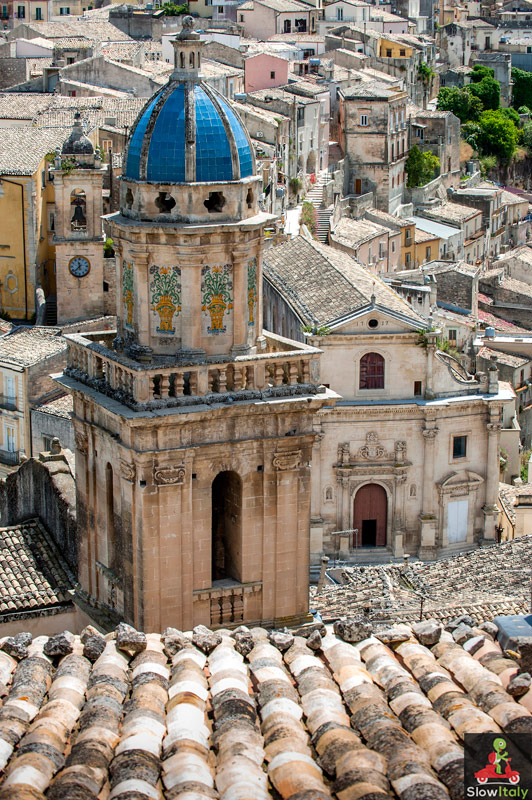
On the outskirts of the old town center lies the public Giardino Ibleo (Hyblean Garden), created in 1858. The park opens on a magnificent alley lined with palm trees. It contains several religious buildings and offers interesting views over the Irminio Valley and the Hyblean Mountains.
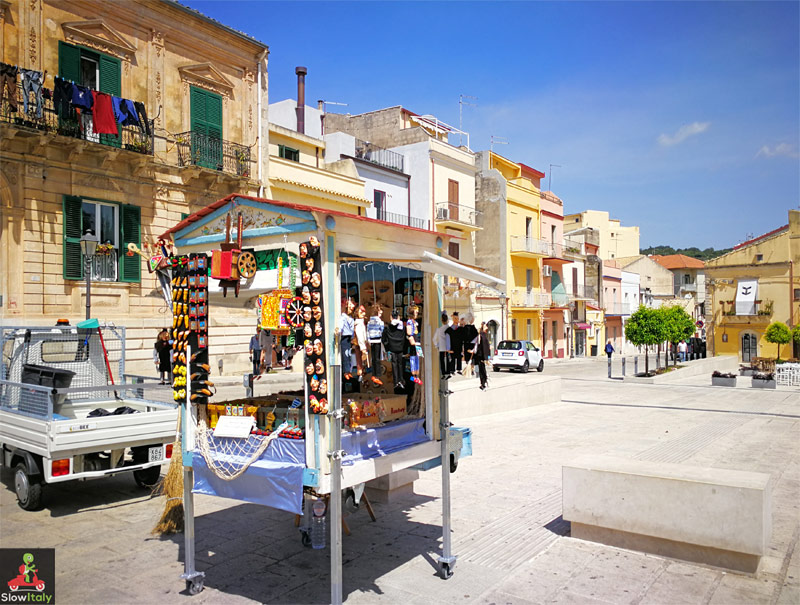
Ragusa is a plaisant little town where to stay overnight, for example on the way to Siracusa. Day trip possibilities from Ragusa include Modica (cf 3), Marina di Ragusa, Scicli (cf 4), Ispica (cf 9), Punta Secca and Donnafugata Castle.
Read more about Ragusa.
2. Modica
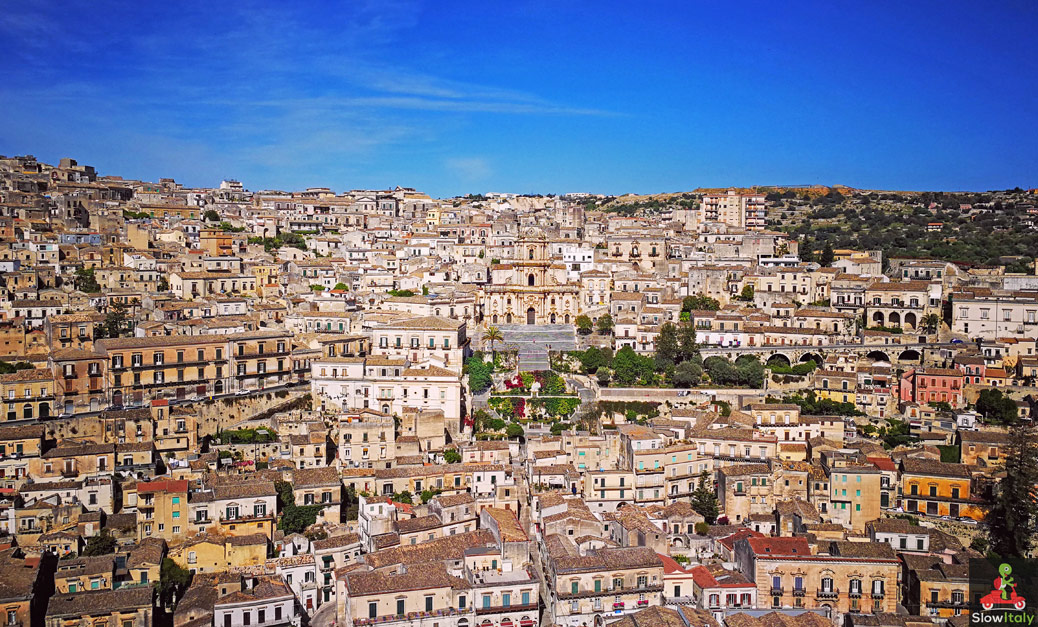
Known as the city of the two cities, Modica actually consists of three urban centers: Modica Alta (the higher town part), the medieval town that developed around the castle, Modica Bassa (the lower town), the baroque town rebuilt after the earthquake and Modica Sorda, the modern part of the town with malls and modern buildings that originated in the 1960s. The town, which boasts some of the most beautiful, Sicilian baroque architecture of the island, is also famous for its chocolate.
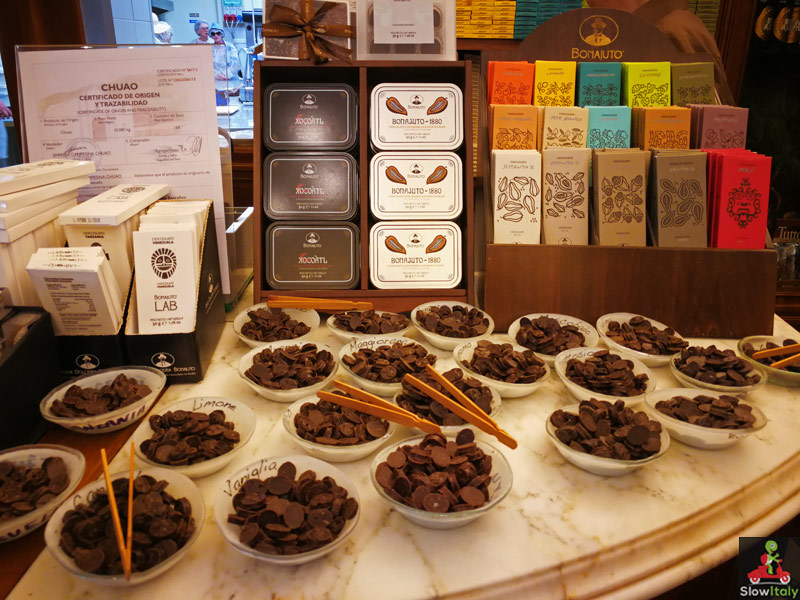
Up until the earthquake a majority of the inhabitants lived in troglodyte dwellings carved into the limestone cliffs. Later the town expanded towards the valley in a Y-shape around the confluence of the rivers Ianni Mauro and Pozzo dei Pruni, linked by a sequence of bridges. After a series of floods, the city lost its Venice-like appearance when the town’s waterways were covered over and transformed into the main streets.
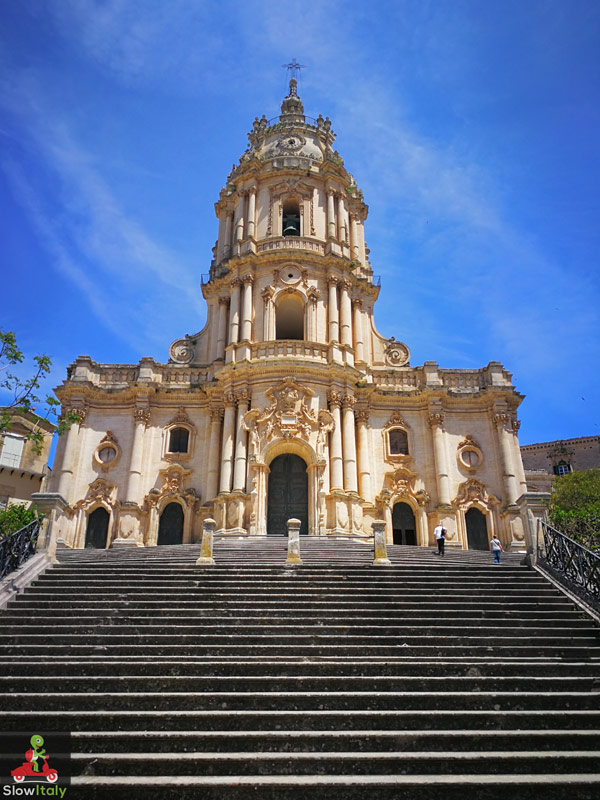
Among the most photogenic buildings are the Cathedral of San Giorgio, of mysterious origin, located at the top of a monumental staircase with 254 steps, and the Church of San Pietro (Patron Saint of Modica Bassa) with statues of the 12 apostles. Corso Umberto is the main street and the historic center of the city. Worth seeing are also the Chiesa Rupestre di San Nicola Inferiore.
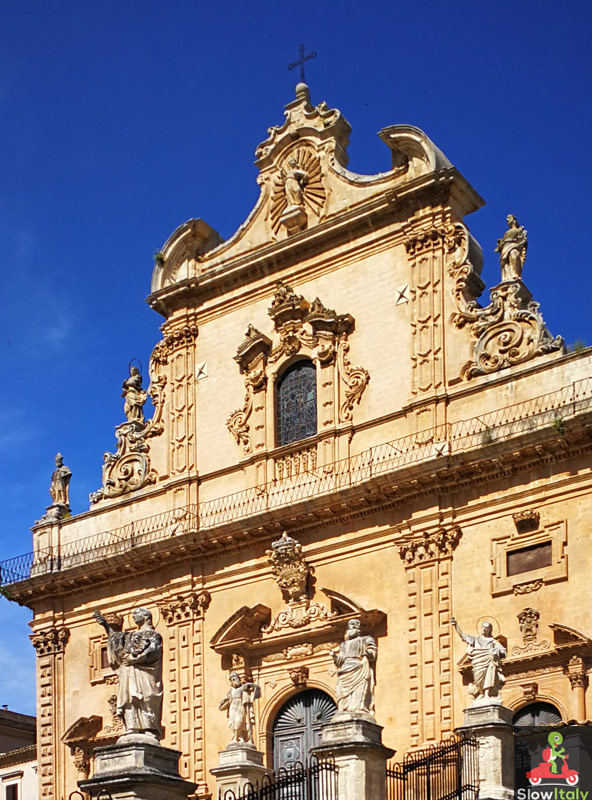
Modica is also the birth place of the poet Salvatore Quasimodo, Nobel prize winner of literature in 1959. His birth house is located in Via Posteria.
3. Scicli
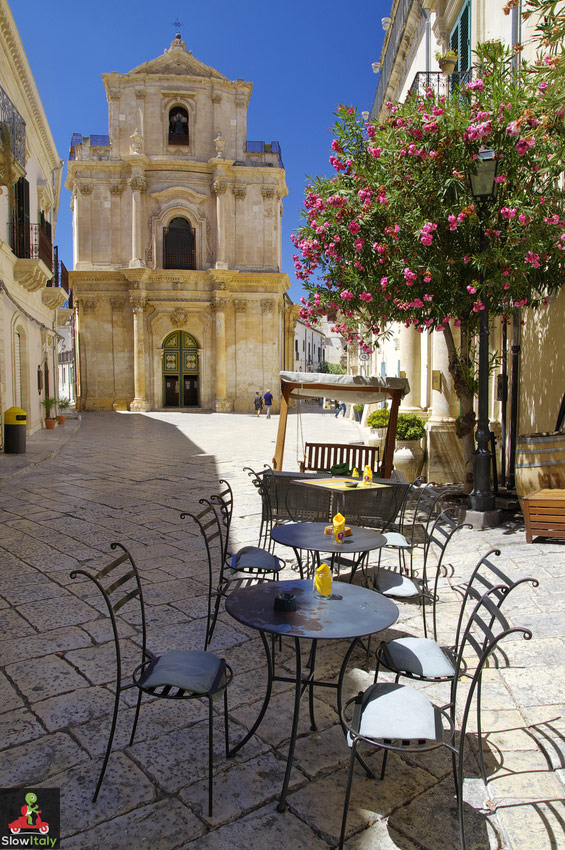
Located at the end of a scenic secondary road going from Ragusa and through Modica, Scicli is certainly worth a visit. Constructed on a rock, the town occupied a strategic position in medieval times.
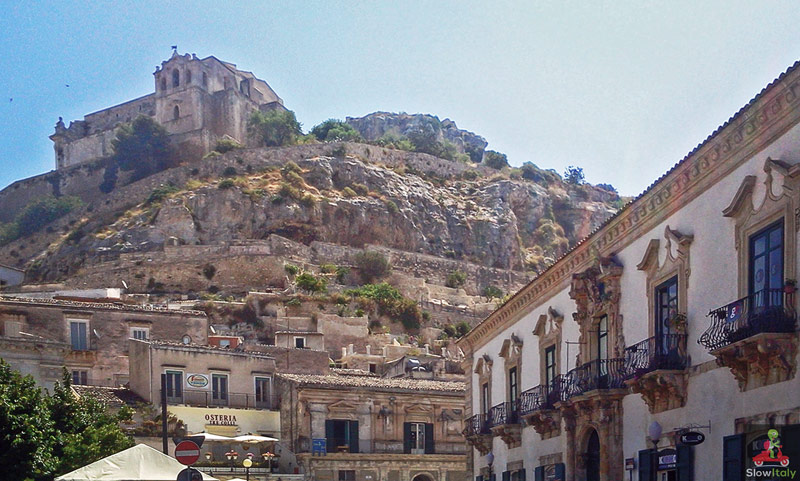
On a more trivial note, the town hall of Scicli is the Commissariato (police station) of Vigata, the fictional town where most of the action takes place in the Inspector Montalbano series. Read more about the real and fictional Montalbano towns in Sicily.
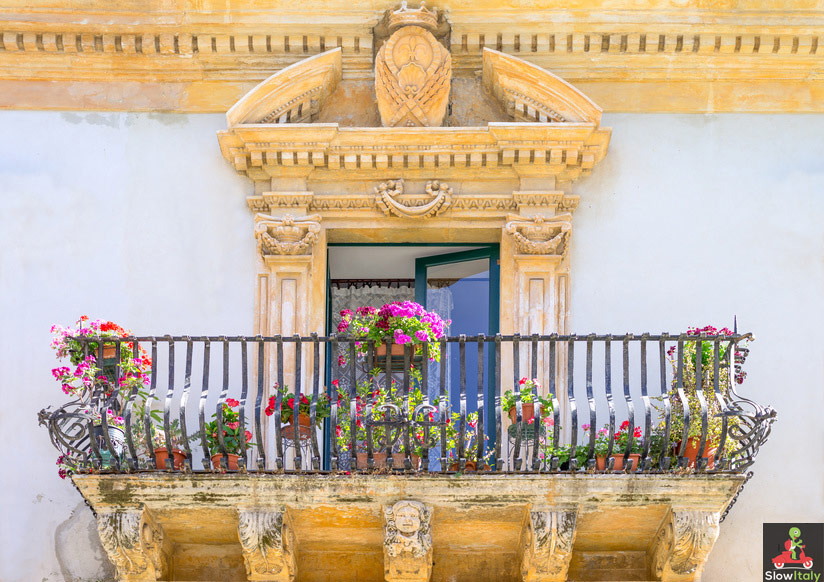
Worth seeing are Palazzo Fava with its beautiful balcony overlooking San Bartolomeo, Palazzo Beneventano, with its flamboyant decoration and fantastic figures and animal-like elements and Palazzo Sgarlata.
4. Palazzolo Acreide
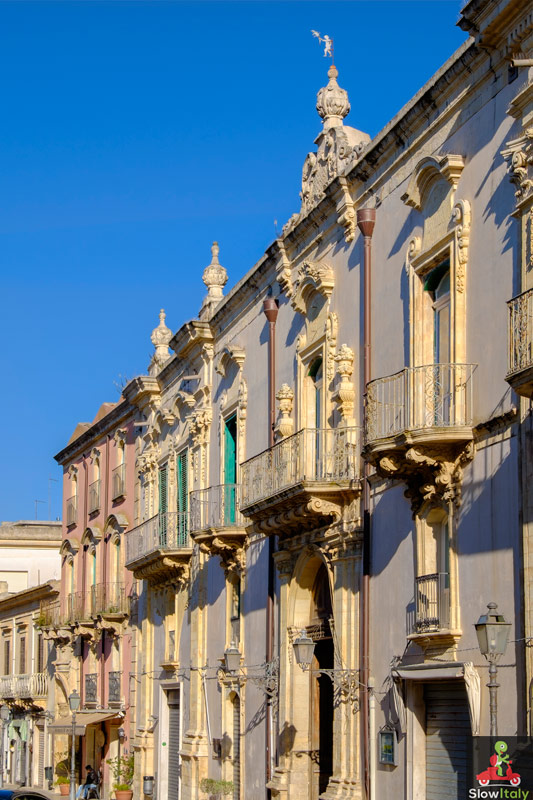
This lively town of feudal origin developed in the Iblie mountains next to the Greek city of Akrai, the first colony founded by the Syracusans in 664BC. Like many of the other towns of the Val di Noto is was located on a rocky spur and developed around the castle where the feudal lord lived.
A little gem, the Church of the Annunciation (Chiesa dell’Annunziata) with its amazingly decorated façade, is absolutely worth seeing.
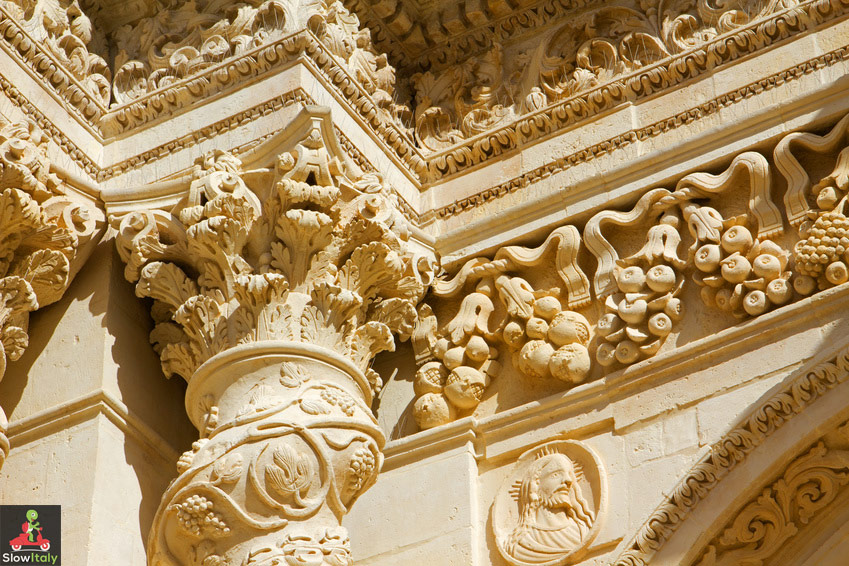
The two magnificent churches, San Paulo and San Sebastiano, are reminiscent of the two ancient parts of the town, the medieval one, on which the new town was reconstructed maintaining the medieval lay-out and a post-1693 ‘new town’ developed along a crescent up to the original site of Akrai.
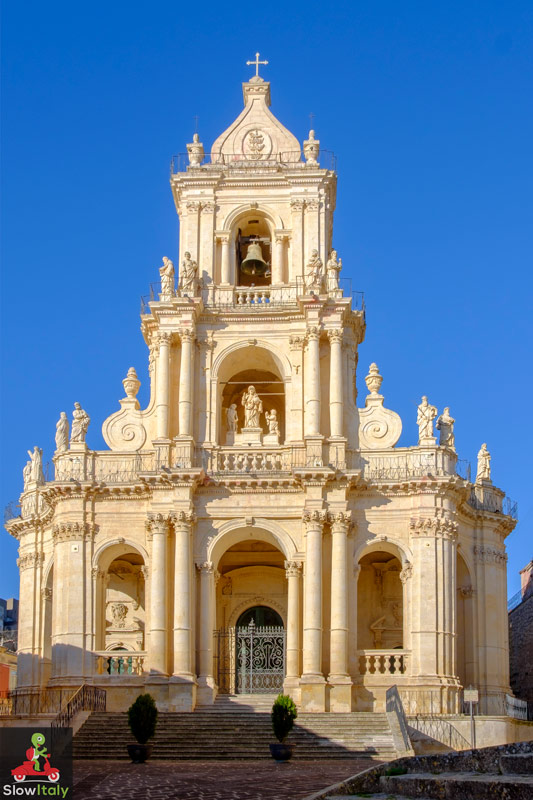
Of particular interest are also Palazzo Iudica and Palazzo Caruso, in Via Garibaldi, renowned for its baroque balcony, the longest one in the Val di Noto and maybe in the world.
5. Noto
Designated ‘Capital of Baroque Art’ by the Council of Europe, Noto is the most famous town of the Val di Noto. The art historian Cesare Brandi referred to Noto as the ‘garden of stone’ (giardino di pietra). The town already existed at the time of the Sicels, one of the three first tribes inhabiting Sicily before the invasion by the Greeks, but was entirely rebuilt after the earthquake at about 10km of the original site.
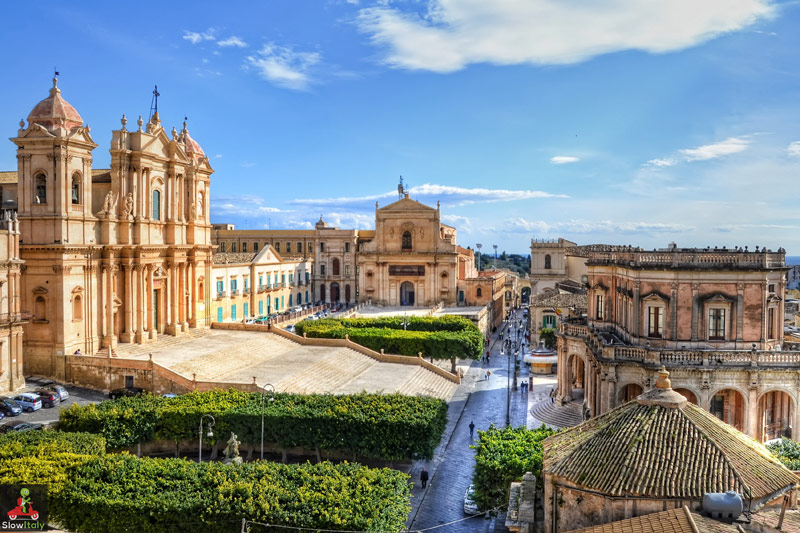
The old baroque town boasts a beautiful Piazza Immacolata, Piazza Municipio, Piazza XVI Maggio, Via Cavour and Via Nicolaci with Palazzo Nicolaci di Villadorata with its magnificent balconies, probably one of the most famous façades of baroque Sicily.
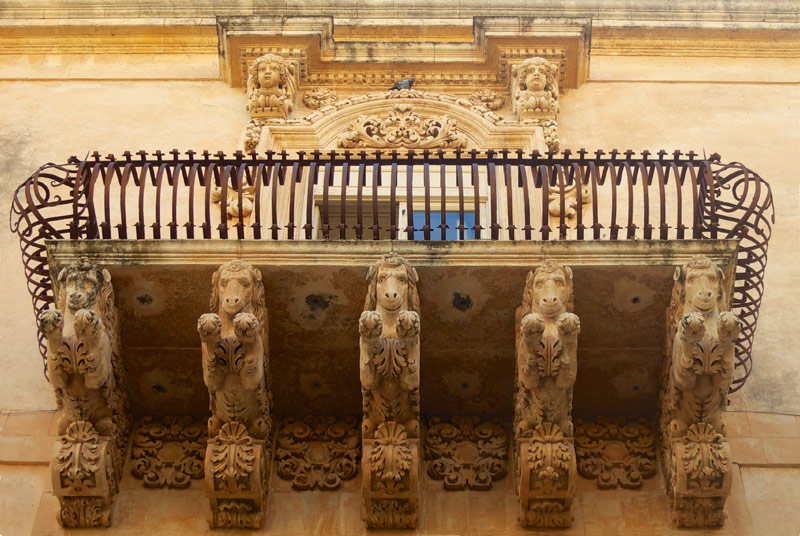
6. Caltagirone
Located in the hinterland, furthest away from the other towns of the Val di Noto, Caltagirone is certainly worth the extra miles. Of pre-medieval origin, the town stands out for its unusual division between the pre- and post-earthquake periods and for its ceramic production. Ceramic production in Caltagirone is a millenium old tradition making the town one of the most important ceramic production centers of Sicily, renowned in the entire Mediterranean. While the ceramic tradition dates to prehistorical times, the name of the town itself is believed to derive form the Arabic word qal’at-al-ghiran, meaning “Castle (or fortress) of vases”. Read more about Caltagirone.
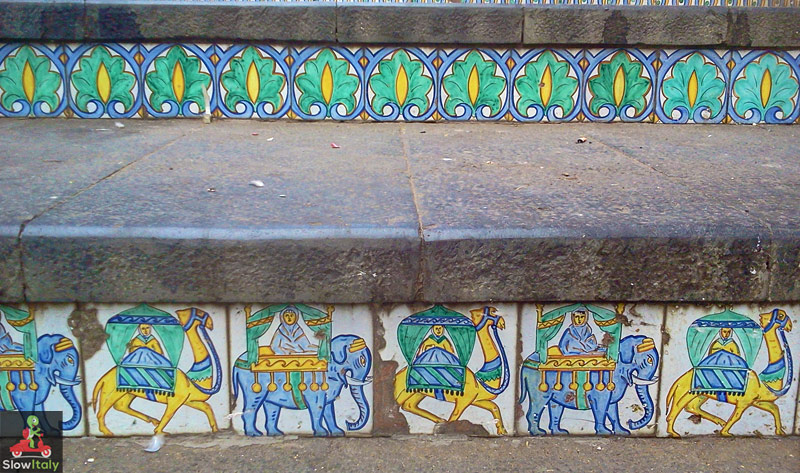
Constructed on the Giorgio Hill, the city extended onto the adjacent Francesco Hill in the 17th century. When the town was rebuilt after the earthquake the original urban plan was maintained.
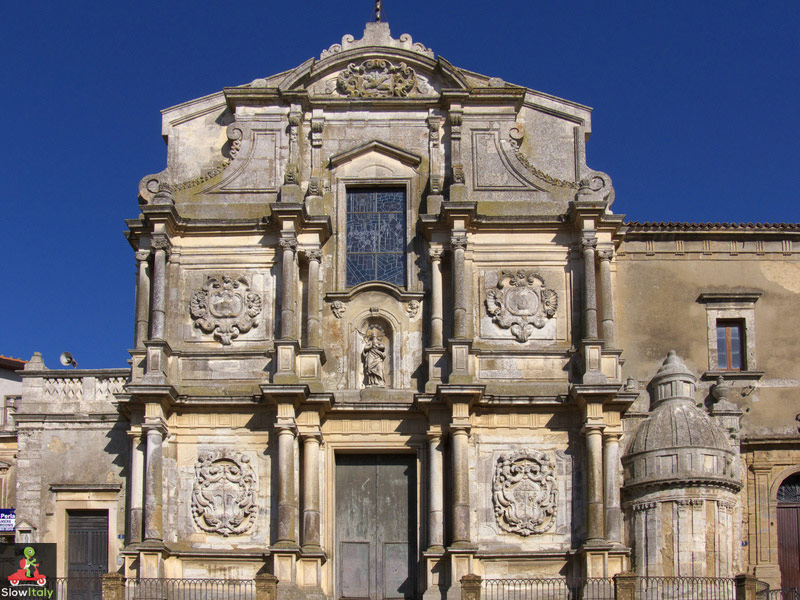
Noteworthy are the Church of San Francesco d’Assisi, the bridge of San Francesco, the Church of Santo Stefano, the Church of Santa Maria del Monte and, of course, the famous staircase leading to the latter.
More photos of Caltagirone
7. Militello
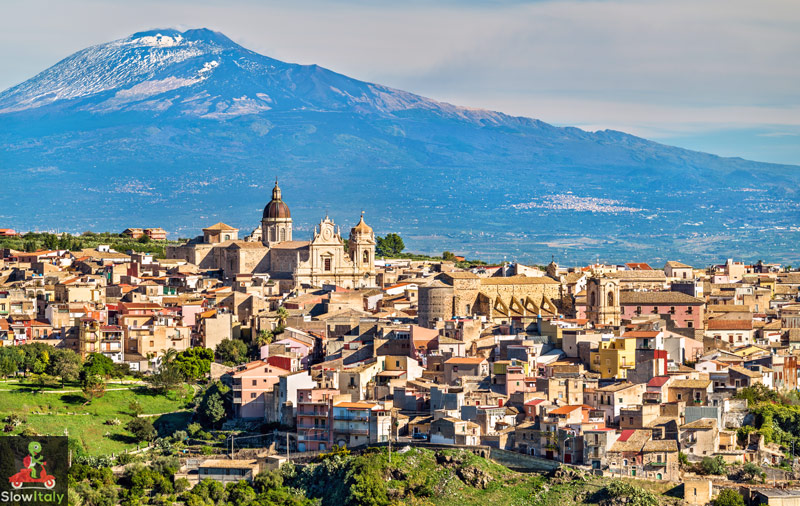
Located on the P28, a small, parallel road to the S417 connecting Caltagirone and Catania, Militello is a bit more off the beaten track as compared to the other towns in this list, but nevertheless worth a visit.
Worth seeing are the mother-church of San Nicolò and the Church of Santa Maria della Stella.
The town is renowned for its prickly pears (ficodindia), served not only as a dessert or sweet treat, but used also as a component in a variety of recipies.
8. Catania
Catania is one of the few Sicilian baroque towns that was entirely rebuilt on the very same site where it was founded in the 8th century BC. After the earth quake of 1693, the town’s urban planning was combined with anti-seismic and disaster control measures: lower buildings and larger streets with numerous town squares.
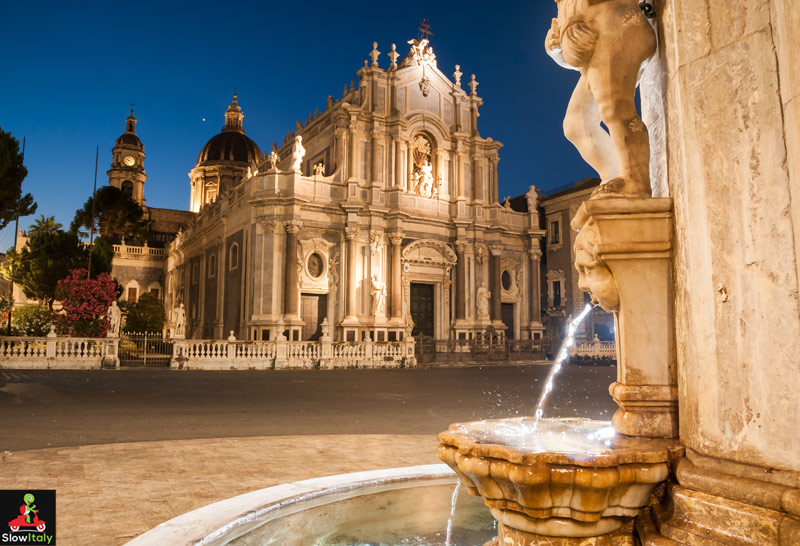
Among the many beautiful baroque buildings Catania has to offer are the Cathedral, Palazzo dell’Elefante (City Hall) and the Elephant fountain, emblem of the city made of lava stone, the Abbey of Saint’Agata, Palazzo Biscari, the Basilica della Collegiata and the Benedictine Monastery of San Nicolò l’Arena.
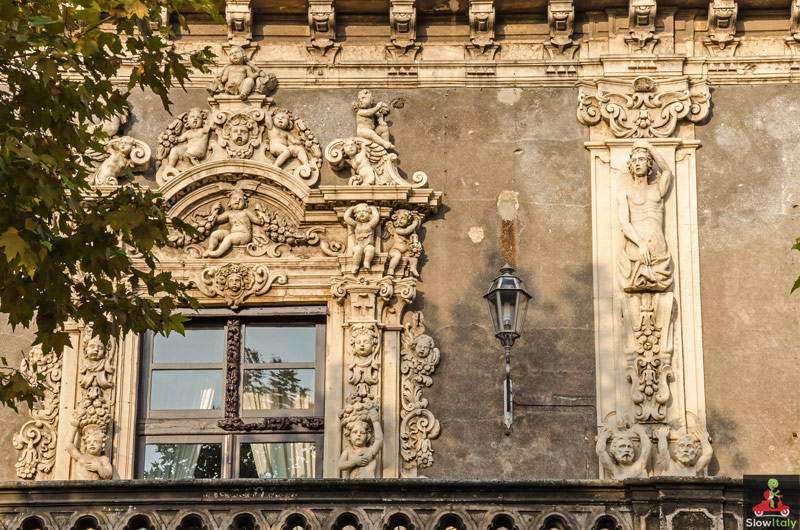
9. Ispica
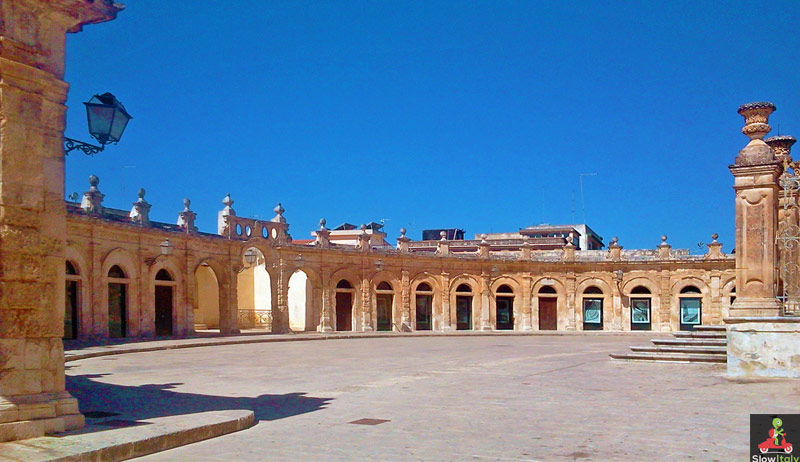
This interesting, yet underrated, little town is easily recognizable thanks to its unique semicircular Loggiata del Sinatra in front of the Church of Santa Maria Maggiore, built, as the name indicates by the famous Sicilian architect Vincenzo Sinitra. This magical place is especially enchanting at night, when it’s illuminated. Worth seeing are also the Annunziata Church, the Carmine monastery, and the St. Barthelemy cathedral.
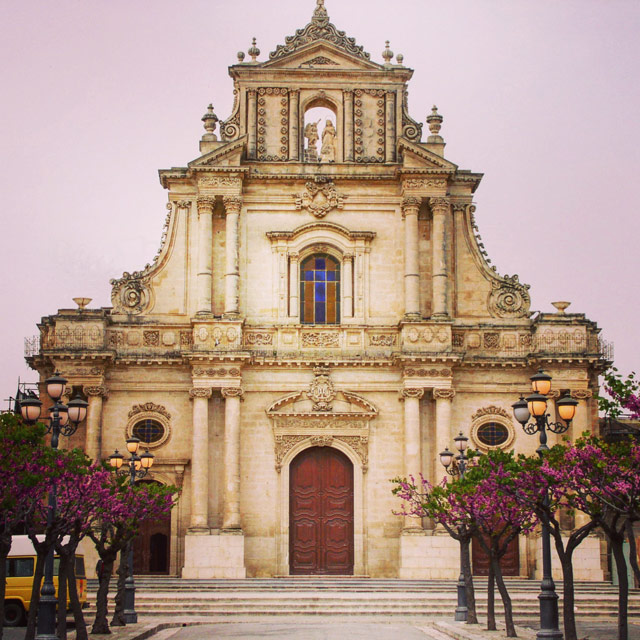
The town would certainly merit a little more public attention in order to bring the necessary funding to secure, restore and preserve this uncommon site. Located mid-way between Ragusa and Modica, on the one side, and Noto on the other it also forms an excellent base from where to explore the Val di Noto.
Cava d’Ispica, located at equidistance between Modica and Ispica, is an interesting archaeological site consisting of cave dwellings, churches and catacombs.
Note from the author: this article is based on several trips to the Val di Noto, of which the latest one in May 2018. I’m glad to say that over the years the little towns have evolved from silent beauties to attractive overnight stops or retreats without losing what makes the essence of the area. You can read about my previous Sicily travels in Baroque Sicily and elsewhere in Sicily in Top 10 Sicily off the beaten track, In the Footsteps of Inspector Montalbano and Italian towns for chocolate lovers)
Photo credits: all photos © Slow Italy, except (from top to bottom), Beneventano Palace © Srekap/fotolia; Scicli © Gadzius/fotolia; Scicli balcony © Giumas/fotolia; Palazzolo Arceide street view © argalis/istockphoto; Palazzolo Arceide © Diego/fotolia; Church San Paolo, Palazzolo Arceide © argalis/istockphoto; Palazzo Nicolaci di Villadorata, Noto by Ania Mendrek; Catania Cathedral © Siculodoc/fotolia; Palazzo Biscari © Iaranik/Istockphoto.
You might also like:
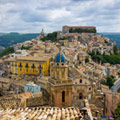
The art of slow travel in Ragusa Ibla

Camilleri’s Sicily from Siracusa to Agrigento: in the footsteps of inspector Montalbano
Our Top 5 favorite restaurants in South-Eastern Sicily
Caltagirone, the colorful capital of ceramics
Ode to a Sicilian icon: the Carretto Siciliano

